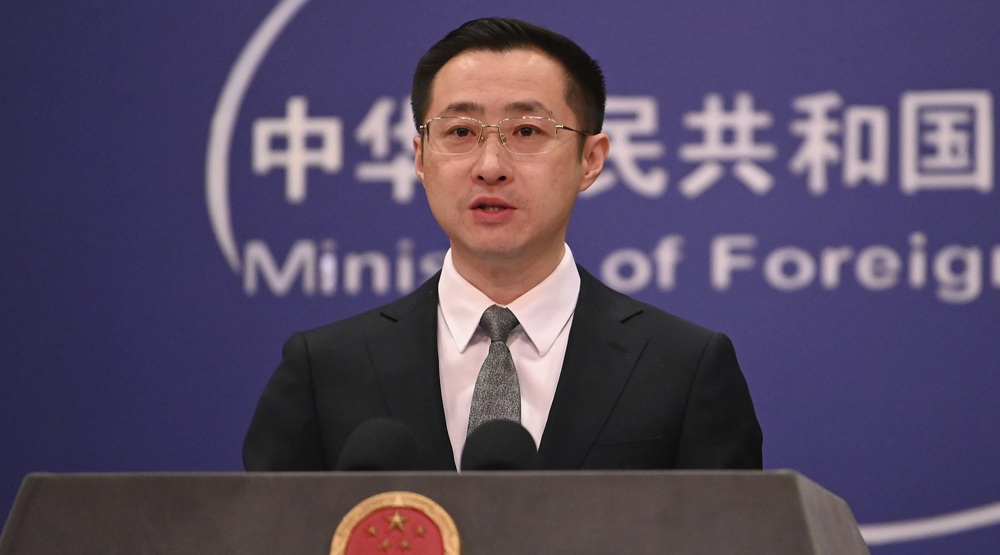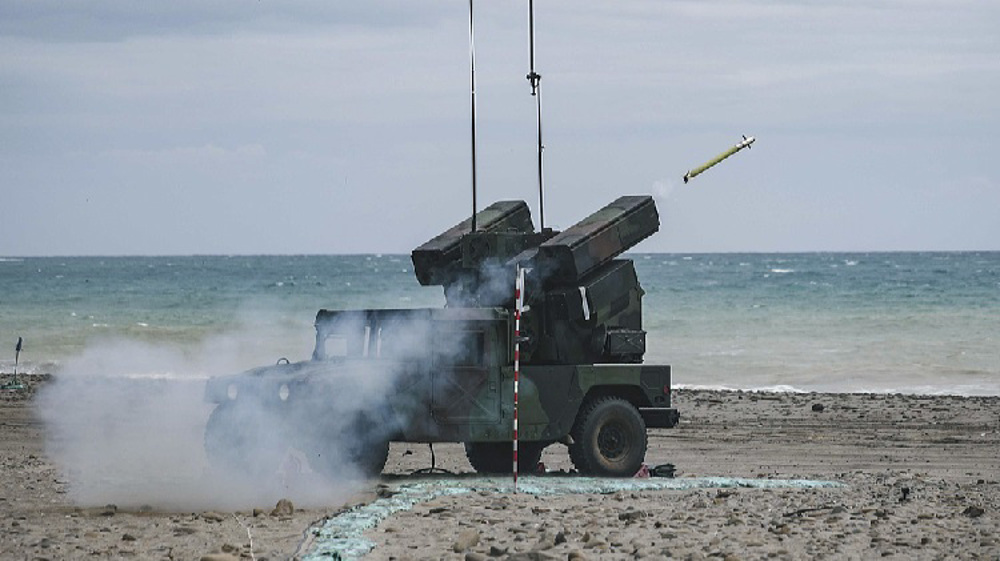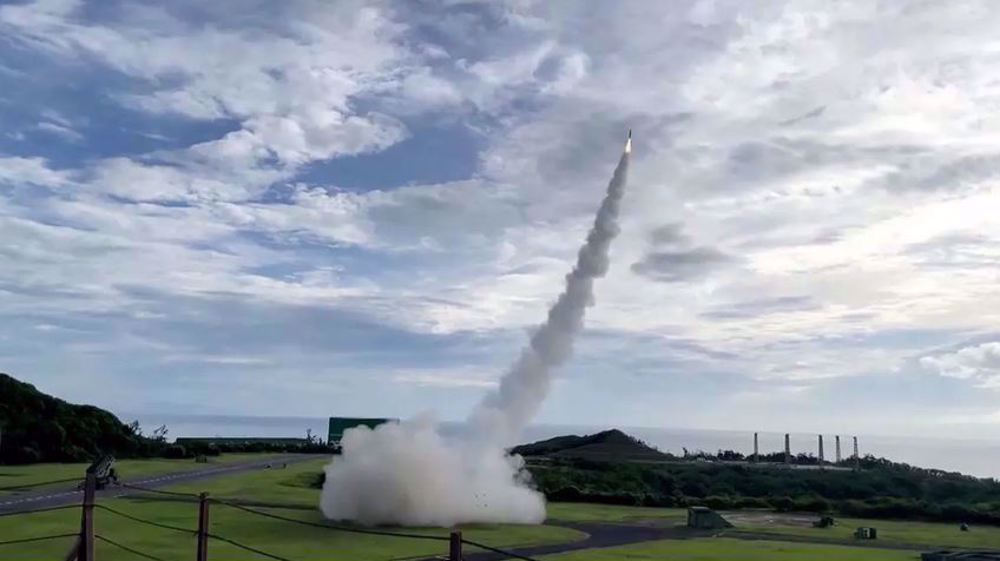Russia, China stage virtual war games
Russian and Chinese missile defense commands have partaken in three-day-long “computerized” joint anti-missile drills.
The exercises, which started on Thursday and are to last until Saturday, enlisted staff members of the country’s respective missile defense command centers, Russia’s Sputnik news agency reported.
The Russian Defense Ministry said the drills majorly sought “to train cooperation of Russian and Chinese air defense and anti-missile groups, aimed at protecting their territories from accidental or provocative strikes by ballistic and guided missiles."
They are to be followed by a bilateral meeting where the countries’ military officials would address the potential of increased anti-missile cooperation.
Moscow and Beijing are both wary of the United States' increased military activities in their backyards.
Recently, officials from the US and the Western military alliance of NATO declared a missile system based in southern Romania operational. The missiles’ activation marked the penultimate step in the completion of a so-called missile shield, which Washington proposed nearly a decade ago.

The United States later broke ground on the final site in Poland on May 20. Upon completion in late 2018, the umbrella would be stretching from Greenland to the Azores region in western Portugal.
The US insists it is not aimed against Russia, but Moscow views it as a security threat on its doorstep.
Separately, Washington has been pursuing a widely-advertised shift to Asia, dubbed pivot to Asia strategy, since 2011. The White House argues that no region is more important to Washington's long-term interests than Asia. Some political observers, however, believe the US tries to use the strategy to impose its hegemony and thwart China's peaceful rise in Asia.
Based on the strategy, the administration of US President Barack Obama has been seeking closer ties with the 10-member Association of Southeast Asian Nations (ASEAN). It has also been increasingly critical of China’s activities in the disputed islands claimed by Beijing in the South China Sea and, on occasions, dispatched warships on patrols close to the territories.
2 more Israeli forces killed in N Gaza: Reports
Iran relies on natural gas for nearly 90% of its power production: Expert
US embassy in Beirut blocks Iraq-Lebanon humanitarian air bridge
VIDEO | UK's Starmer targets journalists
Israel plans to displace Palestinians in occupied West Bank: Hamas
Iranian airlines ramp up Istanbul route flights after EU sanctions
British protesters slam UK’s complicity in Gaza genocide on Balfour day
US surgeon haunted by Gaza children with ‘single gunshot wounds to head’















 This makes it easy to access the Press TV website
This makes it easy to access the Press TV website